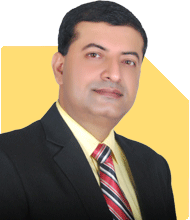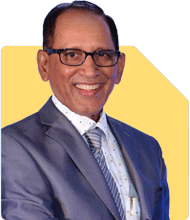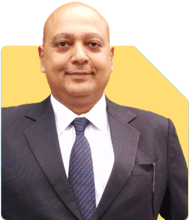Shekhar Kumar | Answer |Ask -Follow
Leadership, HR Expert - Answered on Apr 18, 2024
He has also mentored middle and senior management professionals for leadership positions and guided them in career development.
Shekhar has a bachelor's degree in business management from Magadh University, Bihar, and a master's degree in human resource management from Annamalai University, Tamil Nadu.... more

My daughter is completing her M. Sc. in Bio informatics in June- July, 2024. There is no campus recruitment and till now there is no sign of any prospect of placement. Where can she apply for a suitable placement?
Some of the best institutions include the Indian Institute of Science (IISc), the Centre for DNA Fingerprinting and Diagnostics (CDFD), the National Centre for Biological Sciences (NCBS), the Indian Institute of Chemical Technology (IICT), IIT, IIIT, and the Institute of Bioinformatics and Applied Biotechnology (IBAB).
Ultimately, the decision between pursuing a Ph.D. or an MBA depends on your daughter's individual goals, interests, and career aspirations. Encourage her to carefully weigh the pros and cons of each option to choose a path that aligns with her passions and long-term vision for her career.
You may like to see similar questions and answers below
Mayank Chandel |2510 Answers |Ask -Follow
IIT-JEE, NEET-UG, SAT, CLAT, CA, CS Exam Expert - Answered on Mar 23, 2024
Sushil Sukhwani |616 Answers |Ask -Follow
Study Abroad Expert - Answered on May 11, 2024
Nayagam P P |9466 Answers |Ask -Follow
Career Counsellor - Answered on Jul 27, 2025
Nayagam P P |9466 Answers |Ask -Follow
Career Counsellor - Answered on Jul 27, 2025
Nayagam P P |9466 Answers |Ask -Follow
Career Counsellor - Answered on Jul 27, 2025
Nayagam P P |9466 Answers |Ask -Follow
Career Counsellor - Answered on Jul 27, 2025
Nayagam P P |9466 Answers |Ask -Follow
Career Counsellor - Answered on Jul 27, 2025
Nayagam P P |9466 Answers |Ask -Follow
Career Counsellor - Answered on Jul 27, 2025
Nayagam P P |9466 Answers |Ask -Follow
Career Counsellor - Answered on Jul 27, 2025
Nayagam P P |9466 Answers |Ask -Follow
Career Counsellor - Answered on Jul 27, 2025
Nayagam P P |9466 Answers |Ask -Follow
Career Counsellor - Answered on Jul 27, 2025
Nayagam P P |9466 Answers |Ask -Follow
Career Counsellor - Answered on Jul 27, 2025

















